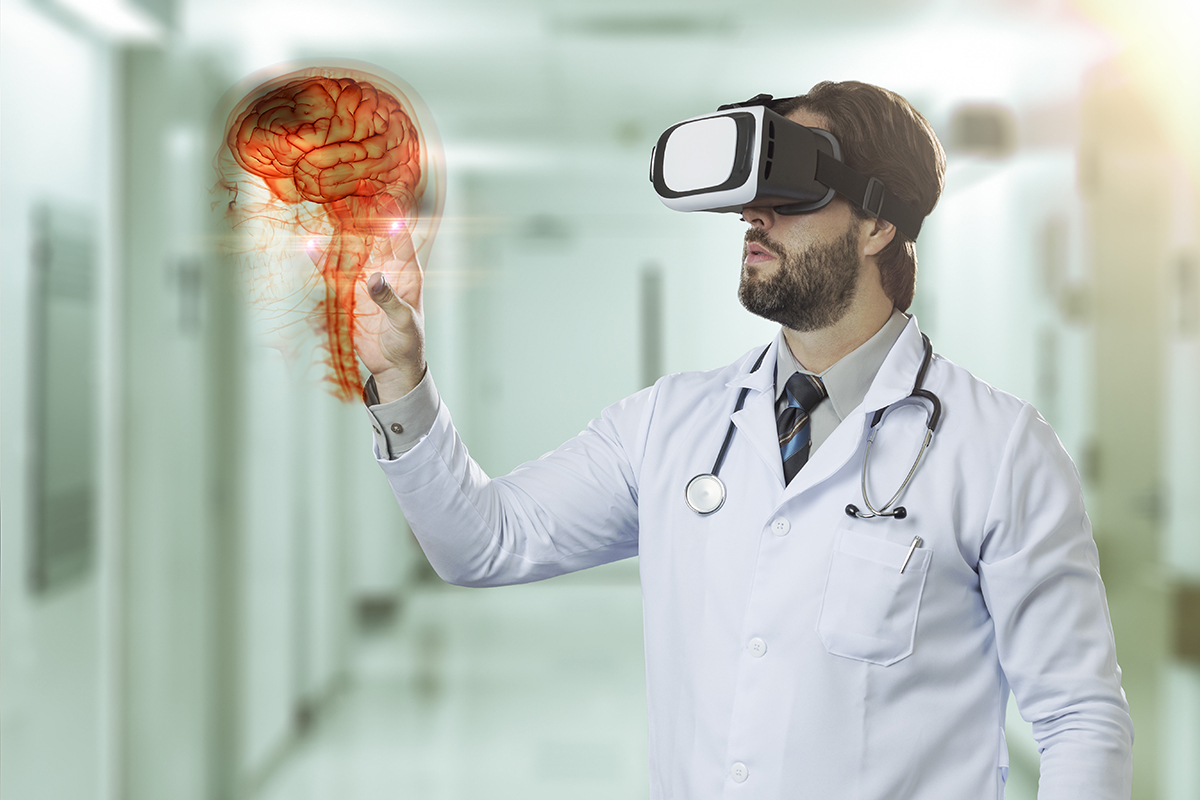If you’ve been reading ARinMED for a while, the name Dr. Rafael Grossmann probably rings a bell. He’s a physician, surgeon, and a pioneer in implementing new and exciting technologies into medicine, including AR, MR, and VR. If you don’t know the difference between those three technologies, you can refer to our guide, but the purpose of this article is to say that maybe you don’t have to know the difference. Perhaps dividing them up and treating them as different technologies is limiting us!

Dr. Grossmann suggests that we should use the umbrella term I-Reality. So, what does that mean? It stands for Improved Reality, and Grossmann describes it as a media that melds virtual and augmented reality concepts into one, resulting in a superior technology with enhanced digital features and immersivity, for use in specific fields–such as medicine. We have talked about a few of the most exciting features of AR, but I-Reality could potentially open doors and connect developers from across the AR, VR, and MR specialties, which would also help solve the problems of limited supplies and high demand.
While it may sound hard to believe, there is a deficit of physicians worldwide–including the US! The demand for doctors is higher than the rate of supply, and by 2025, the Association of American Medical Colleges estimates up to a 94,000 doctor shortfall. And it’s not just the US–Germany is in a physician crisis, too. It’s certainly something to worry about.

Dr. Grossmann proposes a design that could help us make the most out of the physicians we have: by bridging the gap between patients and physicians. His digital “avatars,” so to speak, allow the physician to see a patient’s medical data, stats, and their physical body–all through a wearable AR device. This means that doctors and patients would no longer have to worry about time and distance, and could streamline patient care. Low physician supply means longer waiting periods for patients to see their doctors, but this idea maximizes the efficiency of doctors and allows them to potentially see more patients in a short time.
It might look like something out of Star Trek, but it might not be too far off! Dr. Grossmann is a visionary, and with the right tools, he believes that these advances are “something possible to achieve, within our reach and [that] this is the time to fulfill our potential and embrace what technology has in store for medicine.” We admire Dr. Grossmann and his work, and we are fervent followers of his website, personal blog, and twitter account (@ZGJR, we encourage you to follow him!). What are your thoughts? Tell us in the comments section!
Source: https://www.ncbi.nlm.nih.gov/pmc/articles/PMC5344111/pdf/mh-01-2015.06.01.pdf








